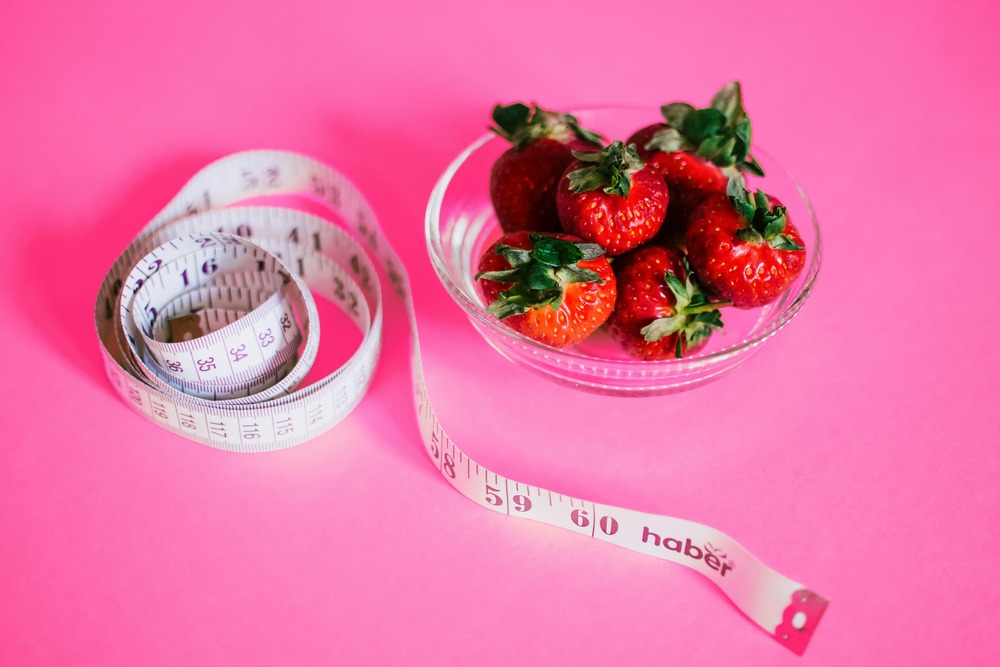Women have been using pads and tampons for years to manage their menstrual flow and protect their clothing from stains. However, a menstrual cup offers a modern alternative to these traditional methods. Some menstrual cups are disposable, while others are reusable and long-lasting, making them an eco-friendly choice. 🌍
To effectively use a menstrual cup, it’s essential to understand its structure and functionality. These cups are typically shaped like a bell, with a small "stem" extending from the bottom. Made from medical-grade silicone, menstrual cups are flexible and designed for comfort.
How to Use a Menstrual Cup
The process of using a menstrual cup may seem daunting at first, but with practice, it becomes a straightforward routine. Below is a step-by-step guide to help you navigate your first experience with a menstrual cup.
Step 1: Fold and Hold
Begin by washing your hands thoroughly. 🧼 Next, take the cup and fold its walls together to form a C shape. This shape is often the easiest for insertion. However, every woman’s anatomy is unique, so you may find a different fold shape that works better for you.
Step 2: Keep the Pelvic Muscles Relaxed
Tension in your pelvic muscles can make insertion difficult or even painful. Practicing Kegel exercises can help you learn to relax these muscles on command. Remember, the first time you use the cup may be the hardest, so be patient with yourself. If you feel frustrated, take a break and try again later. 🧘♀️
Step 3: Get Comfortable
Finding a comfortable position is crucial for successful insertion. Some women prefer to insert their menstrual cup while sitting on the toilet, while others find squatting in the shower or tub more effective. You can also try standing with one leg resting on the tub or toilet edge, squatting with your back against the wall, or lying down with your legs apart and knees up.
Step 4: Find the Cervix
Insert a finger into your vagina to locate your cervix. It feels similar to the tip of your nose—soft and slightly rounded with a small indentation in the center. Aiming the cup towards your cervix can help prevent discomfort and ensure proper placement. If you can’t find your cervix, don’t worry; it may be positioned higher than expected. You can also aim the cup towards your lower back.
Step 5: Insert the Cup
Now it’s time to insert the cup. Hold it in one hand with the stem facing downward. Use your other hand to spread your labia and locate the vaginal opening. Insert the cup at a 45-degree angle towards your pubic bone, rather than straight up. The cup should pop open once inserted, and you can push it in until you feel comfortable. The base of the cup should remain just inside the vaginal opening.
Step 6: Ensure the Cup Is Open Completely
If you hear or feel a pop, the cup has opened fully. If not, reach up to feel the base of the cup; it should be round or oval. If it hasn’t opened, you can manually adjust it by rotating the cup or using your finger to press against the vaginal wall. Always ensure that a vacuum seal is created, as this helps keep the cup in place.
Step 7: Use No More Than 12 Hours
One of the benefits of using a menstrual cup is that it can be worn for up to 12 hours. Most women find they only need to empty their cup once in the morning and once at night, but this can vary based on individual flow.
Step 8: Remove Your Cup
To remove the menstrual cup, bear down with your pelvic muscles to push it lower. Once you can reach the stem, wiggle it gently to help ease it out. It’s best to grasp the base of the cup rather than the stem to avoid discomfort. Many women find it easier to break the vacuum seal by pinching the base. Always remove the cup in an upright position to minimize spillage, and consider doing this over a toilet for convenience.
Why Use a Menstrual Cup?
Now that you know how to use a menstrual cup, you might be wondering why you should consider making the switch. Menstrual cups offer numerous advantages for your body, your budget, and the environment. 🌱
1. Better for the Body
| Benefit | Description |
|---|---|
| pH Balance | Unlike tampons, menstrual cups do not absorb natural moisture, helping to maintain your vagina's pH balance. |
| No Toxic Shock Syndrome | Menstrual cups have not been linked to toxic shock syndrome, a rare but serious condition associated with tampon use. |
| Non-Irritating | Made from medical-grade silicone, menstrual cups are hypoallergenic and suitable for women with allergies or sensitive skin. |
| Preserves Natural Defenses | Menstrual cups do not absorb the body's natural defense mechanisms, allowing mucus membranes to maintain their protective functions. |
2. Better for Your Budget and the Environment
Using a menstrual cup can significantly reduce waste and save money. Studies indicate that the average woman disposes of between 125 and 150 kilograms of menstrual products (pads, tampons, and applicators) over her lifetime. In contrast, a reusable menstrual cup can last for several years, drastically cutting down on the number of products you need to purchase.
| Cost Comparison | Pads/Tampons | Menstrual Cup |
|---|---|---|
| Average Cost per Year | $120 - $300 | $20 - $40 |
| Lifespan | 3-5 days per cycle | 5-10 years |
| Total Waste (Lifetime) | 125-150 kg | Minimal |
3. Environmental Impact
The environmental benefits of using a menstrual cup are substantial. By reducing the number of disposable products that end up in landfills, menstrual cups contribute to a more sustainable future. 🌎
| Environmental Impact | Disposable Products | Menstrual Cup |
|---|---|---|
| Waste Generated (Lifetime) | 125-150 kg | Minimal |
| Carbon Footprint | High | Low |
| Resource Use | Significant | Minimal |
In conclusion, menstrual cups are a practical, eco-friendly, and cost-effective alternative to traditional menstrual products. With a little practice, you can master the art of using a menstrual cup and enjoy the numerous benefits it offers. Happy menstruating! 🌸




